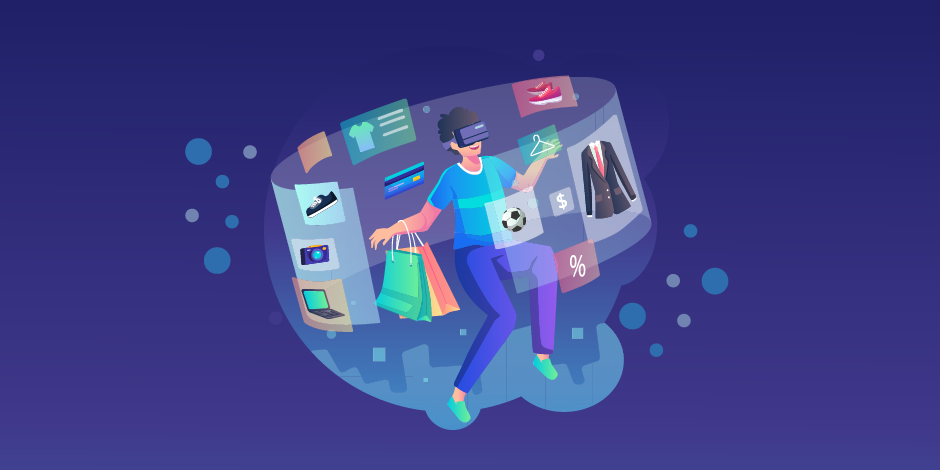The term Metaverse has existed since the early 1990s, but it is now being used to describe a multifaceted connection between the physical and virtual worlds. Users will be brought together for shared experiences and communities not previously available through traditional applications and websites. This will be made possible by increasingly powerful computers, interactive platforms, and virtual reality devices. The future of retail may lie in this new world.
What is the Metaverse?
The Metaverse is a vision put forward by Meta (formerly known as Facebook) for a shared virtual space where people can interact with each other and digital objects in a way that mimics real life. This metaverse is an extension of Meta's existing products and services. It is being developed to bring people together in a more immersive and interactive online environment.
The Metaverse is being built using virtual reality and augmented reality technologies. It is envisioned as a place where people can engage in social activities, play games, attend events, and more. The exact form and features of the Metaverse are still being developed, and it is likely to evolve and change over time as technology and user preferences change.
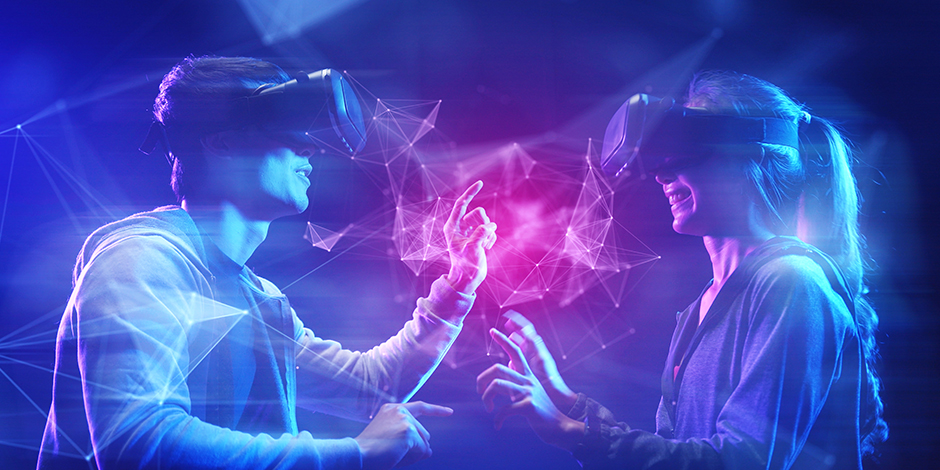
How Can Retailers Tap Into The Metaverse Retail Space
Why would a retail brand want to tap into the gaming industry? According to Newzoo’s annual game market trends report the global gaming market in 2022 generated revenues of over $100 billion. Although the Metaverse is relatively new, many retailers have already begun to jump on this new opportunity. Retailers are developing platforms that take advantage of the experience provided by virtual reality headsets such as the Oculus, creating an in-store shopping environment unlike anything shoppers have experienced before.
Traditionally, brands paid for product placement in movies, tv shows, ads, etc. Now companies like Procter & Gamble are starting to partner with online gaming to be a part of the digital environment.
Retailers like Amazon and IKEA invested in augmented reality, so users can go beyond visualizing items in the digital world. They can use phone apps to not only see how a given item will look on their body or home but actually “place” it there.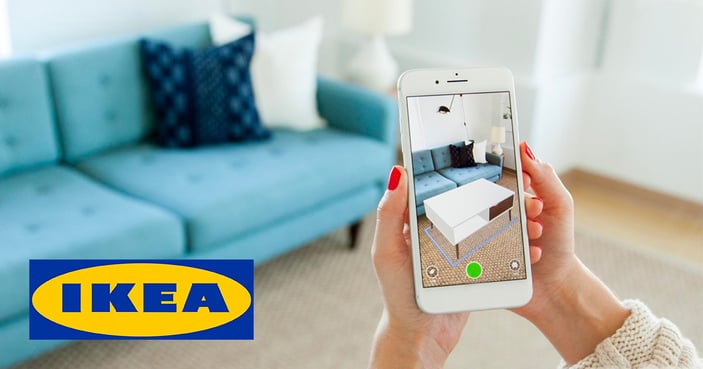
Digital accessories, such as handbags and jewelry, are selling well in the Metaverse. Major brands like Gucci and Louis Vuitton have begun marketing themselves to consumers to accessorize their virtual avatars.
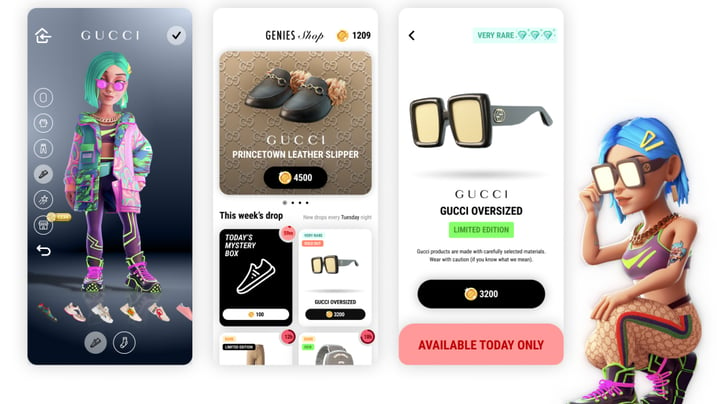
Marketing
Product Placement:
The Metaverse lets you place products in customized environments. This is a great way to showcase your products in a realistic setting that customers can interact with freely. It also helps promote product awareness, especially as part of a larger campaign.
Immersive Marketing
The best way to convince someone to buy something is by showing them what it's like — not just telling them about it. With Metaverse, you can create virtual stores that let potential customers tour your virtual store, interact with products, and learn more about what they offer before visiting a brick-and-mortar location. In addition, you can use the Metaverse to create an immersive experience for events like product launches or conferences.
Product Demos
One of the biggest benefits of using Metaverse for retail marketing is that it allows you to provide product demos without having an actual store or location nearby — even if you're selling something as complex as software or services. You can now offer virtual demos and walkthroughs of your products, which is especially useful for ecommerce businesses that sell high-end items that aren't available in stores.
Product
Product Testing and Try-On
Product testing and try-on are some of the most popular features of Facebook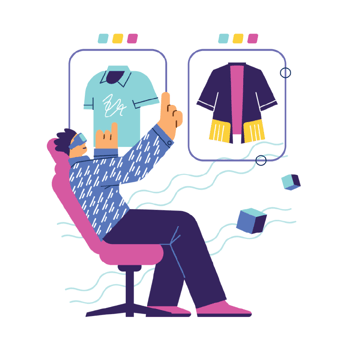 Metaverse for retailers. It allows customers to virtually try on clothes or shoes using augmented reality technology that superimposes an image of a product onto your body. It not only saves retailers money by eliminating the need to produce as many of their products but also divert items from the waste stream.
Metaverse for retailers. It allows customers to virtually try on clothes or shoes using augmented reality technology that superimposes an image of a product onto your body. It not only saves retailers money by eliminating the need to produce as many of their products but also divert items from the waste stream.
Branded Products in the Digital Space
These products are often in the form of games targeted toward a specific audience. What makes branded digital products so effective is that they create a strong sense of community for users. When a user becomes part of the community, they will be more likely to become loyal to your brand.
The Pros and Cons of Using Facebook Metaverse for Retail
Pros
Immersive shopping experience
Using Meta's virtual reality technology, shoppers can get an up-close look at products and even try them on before purchasing. This creates a more engaging and immersive shopping experience than traditional ecommerce sites where shoppers must rely on images alone to decide what they want to buy.
Increased reach to audiences
Since users can create their own 3D spaces in the Metaverse, there’s no limit on how many people can visit them. Retailers can reach new customers who may not have otherwise had access to their products due to physical location or other limitations.
Personalization like never before
The Metaverse allows for the widespread implementation of personalization in offerings. Any business can create an experience for customers that’s uniquely based on their interests and preferences, which gives them an edge over competitors who don’t use the platform. The ability to personalize the customer experience is one of the most important things a business can do, and it will only become more important as technology advances. The Metaverse provides a way for businesses to give customers exactly what they want and need, which will help them stay ahead in an increasingly competitive marketplace.
Cons
Complex technology
One of the major concerns with retailing in the Metaverse is the complexity of its technology. The Metaverse involves new and advanced technologies like VR headsets, which may not be easily accessible to all users. There are several VR headsets available in the market, but they are not cheap. HMDs can cost anywhere between $200 to $600. The price of these devices can be a major barrier for some people who want to experience the Metaverse fully.
Legal and regulatory challenges
The metaverse is still developing, and without clear regulatory structures, the safety of virtual spaces may not be guaranteed. Retailers must take steps to ensure that these spaces remain safe and secure for their consumers.
Security and privacy concerns
The Metaverse will be a huge repository of data about people’s lives, making it an incredibly attractive target for cyber-hackers. New approaches and methods need to be considered if customers are going to feel secure doing business in this new reality.
Conclusion
The metaverse promises exciting opportunities for retail and the potential to transform how retailers do business. From offering highly immersive shopping experiences to reaching new customers, the metaverse opens a world of possibilities for the retail industry. However, retailers must also be mindful of the challenges associated with operating in this virtual environment, including the complexity of the technology, navigating legal and regulatory issues, and ensuring the security of customer data. As the metaverse continues to evolve and mature, retailers must carefully evaluate the potential benefits and drawbacks and make informed decisions about their level of investment and involvement in this emerging space.
What is a sure and reliable way for businesses to gather feedback from their consumers? InsightSUITE collects VoC data directly from the target audience using digital engagement tools - like a survey but with far more advanced data collection. From there, AI separates the signal from the noise by churning through the response data to output clear and actionable information, with the entire process taking less than 48 hours. This industry-leading speed and accuracy allow our customers to quickly and confidently make key business decisions. Learn more about First Insight’s platform here.




